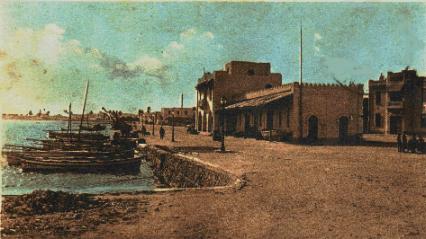Mahdia is an ancient town whose roots extend throughout history. Although she experienced with identifiable historical stages (Punic trading Fatimid capital, stronghold of corsairs and the Ottoman Empire), confusion still continues to wrap a part of the history of the City, which precedes the era Fatimid.
History of Mahdia
Despite the many signs revealed by the excavations and studies, sea and land, which testify to the passage of Phoenicians, Punic and Roman in the City and its surroundings.
That the most distinguished historical period the City was the one that led to its founding by the Fatimids in 920 to make it the capital of their caliphate. The founder caliph, Abd-El-Mehdi real name, had certainly chosen for its strategic location, as it overlooks the sea on three sides, and is thus a well-protected fortress, able to stand up to all invaders.
Therefore, Mahdia became an important trading center in the Mediterranean. Starting from the fourth Fatimid Caliph, Al-Mouez-li-Din-Allah, for the conquest of Egypt and established in the new town he built in 972: Cairo.
He had delegated his political and administrative powers to Sanhajites, which were quickly turned against the Fatimid and were punished by sending hordes of Tunisia Hilali tribes from Lower Egypt, with the aim to wreck the foundations of power sanhajite birth. It was the time of the invasion of Tunisia by beni-Hilal.
Since Hilalian Christians, Spanish and Turks alternately occupied or liberated the city then it was the turn of the Spanish to destroy its walls and make it ablaze in 1555 the City had lost its military importance and commercial including the Turkish and Husseinite time.
Its infrastructure, its large fleet and its equipment for the freezing up as a true microcosm. Yet, many Mahdois still practicing traditional fishing. The governorate is offered, in fact, four fishing harbors. Mahdia with that of a productive average of 7.279 tons / year.
Wearing Chebba with a production rate of 68 tonnes. Wearing Salakta producing 6,503 tonnes and that of Melloulech with an average production of 25 tonnes. The four ports are actively involved in boosting economic activity in the region, such as to improve the employability of the sector. They offer nearly 5,300 job positions and more than 25% of national output in blue fish.






0 commentaires:
Enregistrer un commentaire